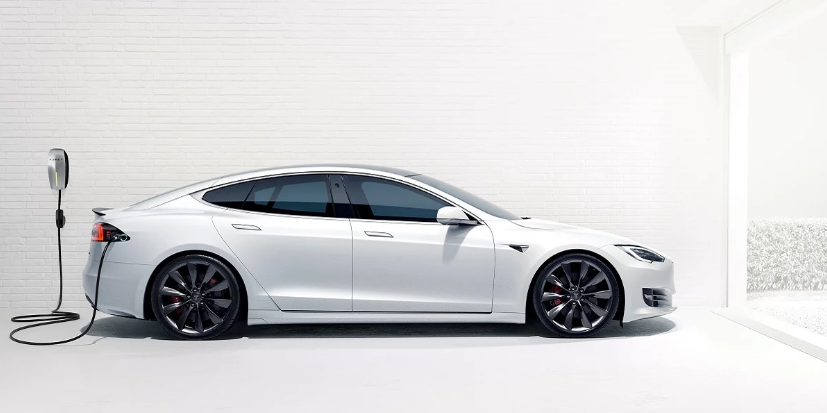Thinking About at Home EV Charger Installation? Here’s What You Need to Know


Are you considering upgrading to an electric (EV) or plug-in hybrid vehicle (PHEV) and curious about the best way to keep your EV powered up? We can help!
Owning an EV is a little different than operating a combustible engine vehicle. Firstly, if you’re going full electric, you can say goodbye to gas stations forever, and even if you’re opting for hybrid, your fueling needs will be changing dramatically. While commercially available charging infrastructure has been expanding rapidly, the best way to ensure your vehicle is always ready to go is with at-home charging capabilities. Whether you’re contemplating an EV or a PHEV, it’s crucial to consider where and how you’ll be keeping your vehicle powered up
Is your home prepared for an EV Charger Installation?
At Home EV Charging Checklist
There are three types of EV chargers available for installation around Surrey: a level 1 charger, a level 2 AC charger, and a level 3 DC (direct charge) charger.
Level 3 chargers are reserved for commercial installations as they require more juice than would be available in residential zones thereby leaving homeowners with the choice between a level 1 or level 2 EV charger installation.
Before deciding on which type of EV charger is right for you, here’s what you need to know the installation requirements and charging capabilities.
Level 1 EV Charger Installation
All EVs and PHEVs come with a level 1 charger which conveniently works with standard residential 120-volt outlets. As long as you have access to a grounded 3-prong outlet and enough space on your existing electrical panel, you can charge your EV with a level one charger.
Since it is essentially just a large plug, you can take it wherever you go. If you don’t currently have access to an outlet or your electrical panel is currently operating near capacity, you may need to upgrade your electrical before plugging in.
What to Know About Level 2 EV Charger Installation
Level 2 EV chargers are a significant power upgrade from level 1 chargers and require much more electrical juice. To have a level 2 EV charger installed, you will need a 240-volt outlet, the same type used to power your stove or dryer.
Since most homes do not come equipped with extra 240-volt plugs, you’ll need to hire a certified electrician to install one for you. From there, you can shop around for a level 2 charger that satisfies your charging needs and budget. Some level 2 chargers simply plug into the outlet and are entirely portable while others are hardwired.
Hardwired EV charger installation is typically recommended for any outdoor installations since they are more weather resistant so if you’re charging in a covered area like a garage, you could opt for either type.
Level 1 Vs. Level 2 EV Chargers
Level 1 chargers which plug into the same type of outlet you use to charge your cell, provide a much slower trickle of power than a level 2 or level 3 EV charger. A level 1 charger can add between 7 and 9 km per hour of charging. If you’re driving an EV with a 400-kilometer range, it could take over 50 hours to reach a full charge.
A level 2 charger, on the other hand, can deliver much more power thanks to its higher voltage. Plugged into a level 2 charger, you can increase your EV range by 20 to 45 km per hour with a full charge achieved in less than 8.
Which type of EV charger is best? Well, that depends on your driving habits, needs, and EV range. If you drive short distances and always remember to plug in while at home, a level 1 charger might be enough to keep you going, especially if you drive a PHEV. For drivers who need to cover more distance or who may not charge daily, a level 2 charger is well worth the investment.

